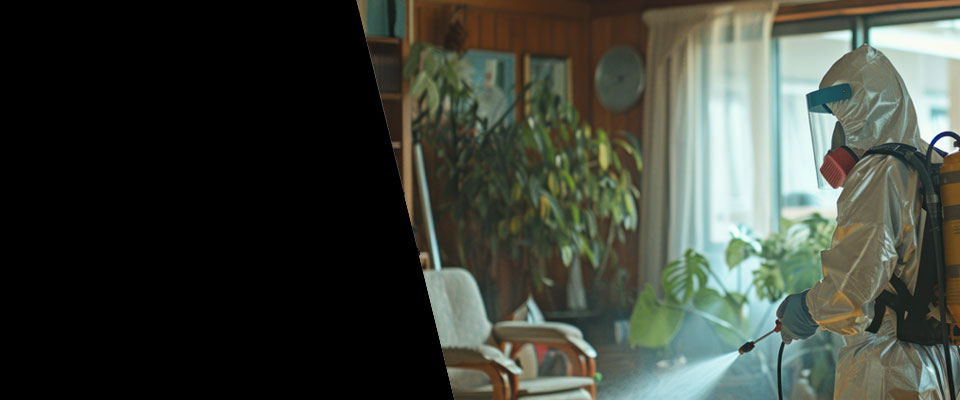Professional Bed Bug Control: Causes, Prevention Tips, and Expert Solutions
Understanding Bed Bugs and Their Causes
Bed bugs are tiny, nocturnal insects that feed on human blood, often causing itchy bites and discomfort. These pests are typically introduced into homes through infested furniture, luggage, or clothing. Frequent travel, second-hand furniture, and shared living spaces like apartments can increase the risk of a bed bug infestation.
Common Causes of Bed Bug Infestations
Travel: Bed bugs often hitch rides in luggage, clothing, and personal belongings. Staying in hotels or other accommodations with high turnover rates can increase the likelihood of bringing bed bugs home.
Second-hand Furniture: Acquiring used furniture, especially beds and sofas, can introduce bed bugs into your home. These items may already be infested, and the bugs can spread quickly.
Shared Living Spaces: Apartments, dormitories, and other multi-unit buildings are more susceptible to infestations due to close proximity and shared walls, making it easier for bed bugs to travel between units.
Identifying Bed Bug Infestations
Bed bugs are elusive, hiding in cracks and crevices during the day and coming out at night to feed. Key signs of an infestation include:
- Bites: Small, red, itchy welts on the skin, often in a line or cluster.
- Fecal Spots: Tiny, dark spots on bedding, mattresses, or walls.
- Eggs and Shells: Small, white eggs or shed skins in hidden areas.
- Live Bugs: Seeing live bed bugs, which are about the size of an apple seed and reddish-brown in color.
Effective Bed Bug Control Solutions
Professional Pest Control Services: Hiring experienced pest control professionals is the most effective way to eliminate bed bugs. Experts use a combination of chemical treatments and heat treatments to eradicate these pests. For more information on professional pest control services, visit our residential pest control services page.
Chemical Treatments: Pesticides specifically formulated for bed bugs can be applied to infested areas. These treatments often require multiple applications and professional handling to ensure effectiveness.
Heat Treatments: Bed bugs are highly susceptible to high temperatures. Professional heat treatments involve raising the temperature of infested areas to a level that kills all life stages of bed bugs.
DIY Methods: While professional help is recommended, some DIY methods can be effective for minor infestations:
- Vacuuming: Regular vacuuming of mattresses, box springs, and furniture can help reduce bed bug populations.
- Encasements: Mattress and box spring encasements trap bed bugs inside, preventing them from feeding and spreading.
- Laundering: Washing and drying bedding and clothing at high temperatures can kill bed bugs and their eggs.
Prevention Tips for Homeowners
Inspect Used Furniture: Carefully inspect second-hand furniture for signs of bed bugs before bringing it into your home. Look for fecal spots, eggs, and live bugs.
Protect Your Luggage: When traveling, keep luggage on luggage racks and away from beds and upholstered furniture. Inspect and vacuum luggage after returning home.
Reduce Clutter: Bed bugs thrive in cluttered environments where they can easily hide. Keep your home tidy and minimize clutter, especially in bedrooms.
Regular Inspections: Periodically inspect your home for signs of bed bugs, paying close attention to bedrooms and sleeping areas. Early detection can prevent a small problem from becoming a large infestation.
Additional Resources
For more detailed information on bed bug control and prevention, refer to the CDC Bed Bugs page and EPA Bed Bugs resources page.
If you have a suspected bed bug infestation, contact us today for immediate help at: 888-551-5375


